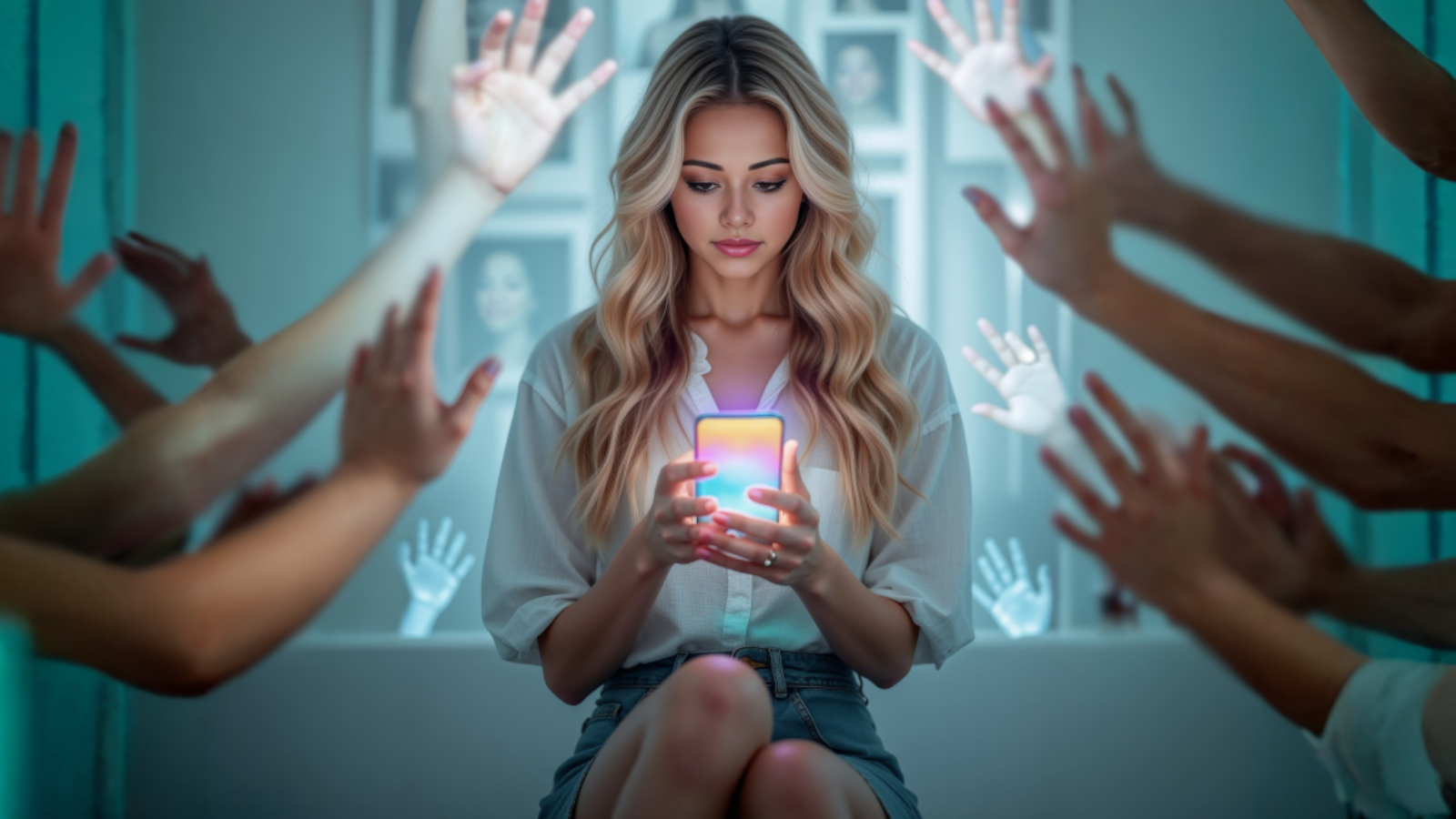Instagram’s CEO, Adam Mosseri keeps saying the platform is about two things:
“Creativity and connecting with the people you care about.”
That sounds lovely. But the reality? It’s something else entirely. Let’s unpack both of these claims—and hold them up to the light.
"Creativity" — But Only If the Algorithm Approves
We’re told Instagram supports creativity. That it’s a place for artists, influencers, photographers, and dreamers. But here’s the truth:
Instagram doesn’t support creativity. It curates it.
Just like the record executives of the mid-20th century decided which artists got a shot at fame, Instagram’s algorithm now decides which creators get seen. You don’t get discovered for being original—you get discovered for being algorithmically optimized.
That’s not creative freedom. That’s creativity with strings attached.
If your art, your style, or your voice doesn’t fit the mold—if it’s too sexy, too raw, too real, too niche—it gets quietly suppressed. Shadowbanned. Buried.
Instagram promotes content that aligns with ad-friendly, brand-safe norms—not necessarily what’s bold, innovative, or artistically meaningful.
And let’s not forget: AI now governs what is “allowed” on the platform, enforcing vague “community guidelines” through machine learning filters that can’t understand context or intention.
Creativity? Instagram has turned it into a numbers game. A branding exercise. A filtered illusion.
Further, the platform encourages homogenization. It says “be yourself,” but the content that wins is often formulaic and trend-driven. The more unique you are, the more invisible you become.
True creativity challenges the status quo—Instagram’s algorithm buries that under what’s already familiar.
"Connecting with the People You Care About" — Really?
This one’s almost laughable—because Instagram’s design actively prevents you from connecting deeply.
Let’s look at the science.
Dunbar’s Number, a well-studied concept in anthropology, shows that humans can realistically maintain about 150–250 meaningful social relationships. That’s our cognitive limit. Beyond that, the quality of connection breaks down.
So if Instagram truly cared about helping us stay close to the people we love, they’d cap follower and following counts to reflect this reality. Maybe 250, max.
But they don’t.
Instead, they encourage infinite scaling. Tens of thousands. Hundreds of thousands. Millions of followers. Why? Because your “relationships” aren’t the product. Your attention is.
Instagram isn’t a digital dinner party—it’s a broadcast network.
It functions more like TV or radio than a tight-knit community. You post, and if the algorithm likes it, your content gets pushed out to the masses. You perform. They watch.
That’s not connection. That’s performance culture.
You’re not connecting. You’re performing—for hearts, not hugs.
Let's Go Even Deeper: Other Incongruities
Instagram Says: “Be Real”
But Rewards Facades. Filters are everywhere. Facetune culture is thriving. The pressure to post polished, curated content hasn’t disappeared—it’s just gone underground.
Instagram rewards performative authenticity, not actual vulnerability.
Instagram Says It's: "Empowering Creators"
But Fuels Comparison and Addiction. The platform is engineered for dopamine hits. Scroll traps. Vanity metrics. Creator burnout is common—and sometimes celebrated.
If Instagram cared about mental health, it would be less addictive—not more
Instagram Says: "You Control Your Experience"
But The Algorithm Is the Gatekeeper. You don’t choose what you see—the machine does. Even your own followers don’t always see your content.
Every interaction is mediated by machine logic.
Instagram Says: "Everyone Has a Voice"
But It’s Increasingly Pay-to-Play. Reach is throttled. Boosting is essential. Visibility is now often tied to ad spend or monetization deals.
The feed doesn’t reflect what’s best. It reflects what’s bankrolled.
Instagram Says: "We Support Community"
But Suppresses Controversial or Marginalized Voices. Content moderation is opaque, inconsistent, and frequently unfair. There’s no real appeals process. No transparency. No recourse.
True communities don’t exist where one side has all the power and no accountability.
So What Can We Do?
This isn’t a call to abandon Instagram. It’s a call to see it clearly.
Understand what the platform is—and what it isn’t. Know that it’s a stage, not a salon. A billboard, not a journal. Use it with intent, not illusion.
If you’re a creator: Make art that matters to you first. Use Instagram as a tool—not a validation machine. Build outside the platform. Own your content. Grow your audience in places where creativity isn’t controlled by a feed.
If you’re a follower: Be mindful of your attention. Don’t confuse likes for love or visibility for worth. Seek out creators who offer depth, not just dopamine.
If you’re a thinker, a rebel, a builder—let’s imagine and create better spaces. Platforms where creativity is unfiltered, connection is real, and authenticity isn’t gamified.
Instagram isn’t going to change. But we can change how we use it.
And that might just change everything.


Thank you for this Rissa 🤗 Food for thought, really
You’ve highlighted so many crucial truths here ❤️